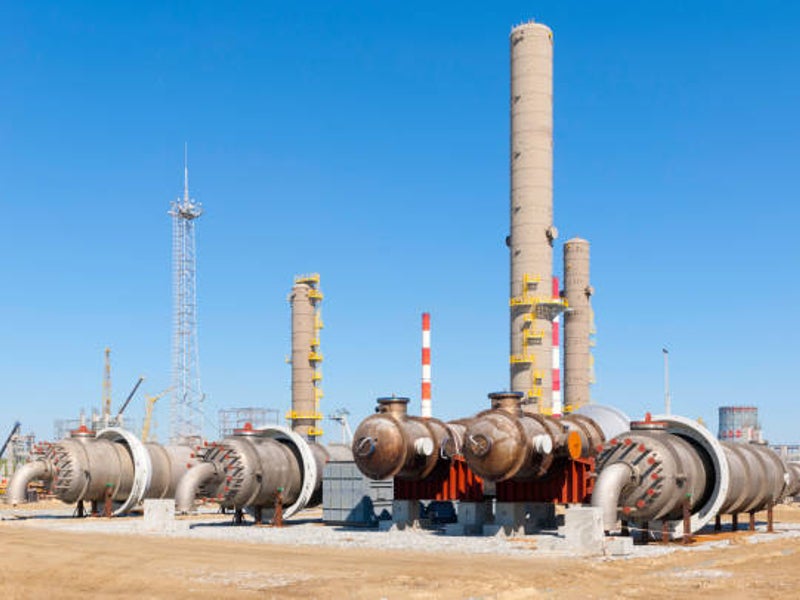
Russian gas deliveries to Europe via the Nord Stream 1 pipeline across the Baltic Sea and through Ukraine remained constant through July, despite global opposition to Russia’s invasion of Ukraine.
Flows from Russia to Germany via Nord Stream 1 were 62,085,568 kWh/h on 8 July, close to levels above 61,000,000 kWh/h reported throughout 7 July. Eastbound gas flows from Germany to Poland via the Yamal-Europe pipeline rose in line with nominations.

Discover B2B Marketing That Performs
Combine business intelligence and editorial excellence to reach engaged professionals across 36 leading media platforms.
Data from the Ukrainian transmission system operator revealed that nominations for flows into Slovakia from Ukraine via the Velke Kapusany border point were at 37 million cubic metres per day, which has slightly changed from last week.
Russia cut gas supplies to five European Union countries in mid-June, including Germany, the 27-country bloc’s largest economy, which relies on Moscow’s gas to generate energy and power.
Russian state-owned energy company Gazprom had reduced supply via the Nord Stream 1 pipeline, which runs beneath the Baltic Sea from Russia to Germany and is Europe’s major natural gas pipeline, by 60%.
According to Gazprom, Ukraine denied a request to supply gas through the Sokhranvovka entry point. Eastbound gas flows from Germany to Poland via the Yamal-Europe pipeline remained constant, data from pipeline operator Gascade suggested.

US Tariffs are shifting - will you react or anticipate?
Don’t let policy changes catch you off guard. Stay proactive with real-time data and expert analysis.
By GlobalDataGas flows through Nord Stream 1 are slated to be suspended until the end of maintenance until 21 July, but the companies fear the suspension might be extended.
Since the invasion, Germany has reduced its reliance on Russian gas from roughly 55% in February to around 35% in May 2022. However, replacing the remaining share with alternative sources continues to be a major problem.
A new regulation requires storage firms to fill at least 90% of their facilities by November this year and maintain at least 40% by February 2023.
The BNetzA’s winter gas supply scenarios suggest that even if deliveries from Nord Stream 1 remain at the current 40% level, filling storage according to plan is only achievable if intra-European gas de





